Custom China vertical submersible centrifugal pump Company
In the world of pumps, we as manufacturers know that different types of pumps play a vital role in various applications. Today I want to talk to you about a special type of pump - the vertical submersible centrifugal pump - and some of the key differences between it and regular centrifugal pumps.
Whether they are vertical submersible centrifugal pumps or ordinary centrifugal pumps, they all rely on centrifugal force to move fluids. In a centrifugal pump, a rotating impeller draws fluid from the inlet of the pump, and then the high-speed rotation of the impeller generates centrifugal force, pushing the fluid toward the outlet of the pump. However, although the two pumps are similar in principle, their design and application scenarios are significantly different.
A vertical submersible centrifugal pump is a specially designed pump that can be installed directly in a well or pool. The design of this pump allows it to be completely submersed in the liquid, thereby reducing pump station construction costs and space requirements. Because the pump body and motor are underwater, they resist corrosion and wear more effectively, extending the life of the pump. In addition, vertical submersible centrifugal pumps are relatively simple to install and maintain because they do not require complex piping systems or additional sealing systems.
In contrast, conventional centrifugal pumps are typically installed above ground and require piping to deliver fluid to the pump's inlet. This pump design usually requires a pumping station to house the pump body and motor, which not only increases construction costs but also increases maintenance complexity. When ordinary centrifugal pumps handle corrosive or abrasive fluids, they may require additional protection measures, such as special coatings or sealing systems, to prevent damage to the pump body and motor.
A significant advantage of vertical submersible centrifugal pumps is their high efficiency. Because the pump body and motor are located underwater, they are in more direct contact with the fluid, thus reducing energy loss. In addition, the impeller design of vertical submersible centrifugal pumps is usually more optimized to adapt to the submersible environment and further improve the efficiency of the pump.
In terms of handling solid particles, vertical submersible centrifugal pumps also show their unique advantages. Because the pump body is completely submersed in the liquid, it can handle fluids containing solid particles more efficiently without clogging or damaging the pump's internal components. This is particularly important when treating wastewater, slurries or other fluids containing solid particles.
In terms of energy consumption, vertical submersible centrifugal pumps are generally more energy efficient than ordinary centrifugal pumps. Due to its high efficiency and optimized design, vertical submersible centrifugal pumps can provide the same flow and head at lower energy consumption. This can significantly reduce operating costs for long-term pump systems.
In terms of reliability, vertical submersible centrifugal pumps generally have higher reliability due to their simple design and fewer moving parts. Regular centrifugal pumps may require more frequent maintenance and repairs, especially if they handle fluids that are corrosive or abrasive.
Finally, vertical submersible centrifugal pumps also have advantages in environmental protection. Since they can reduce the construction of pumping stations, the impact on the environment is reduced. In addition, vertical submersible centrifugal pumps generally operate with low noise, which is an important consideration for applications that require a quiet operating environment.

 English
English русский
русский Español
Español
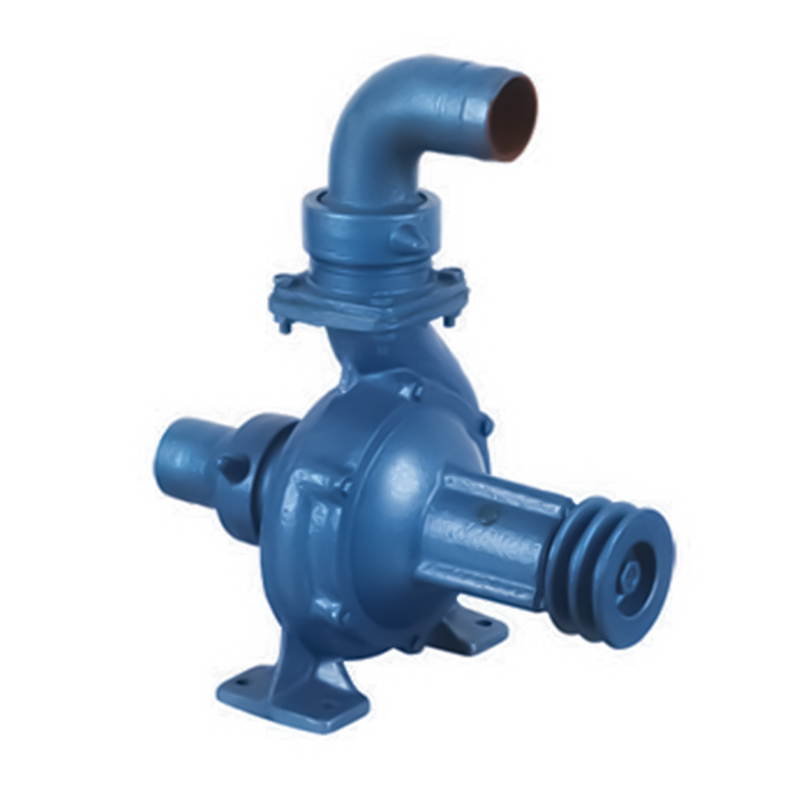
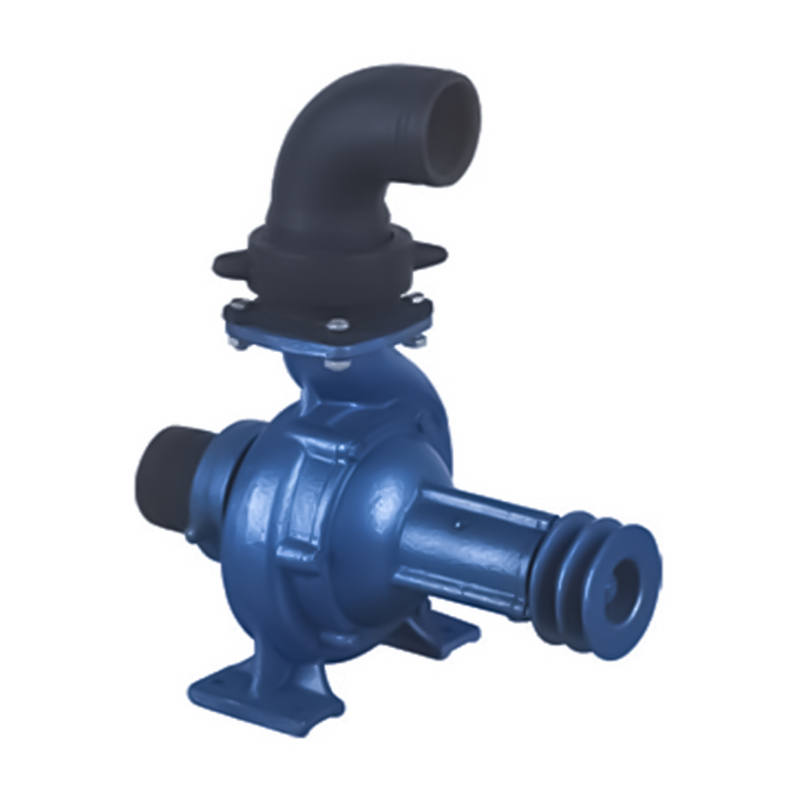

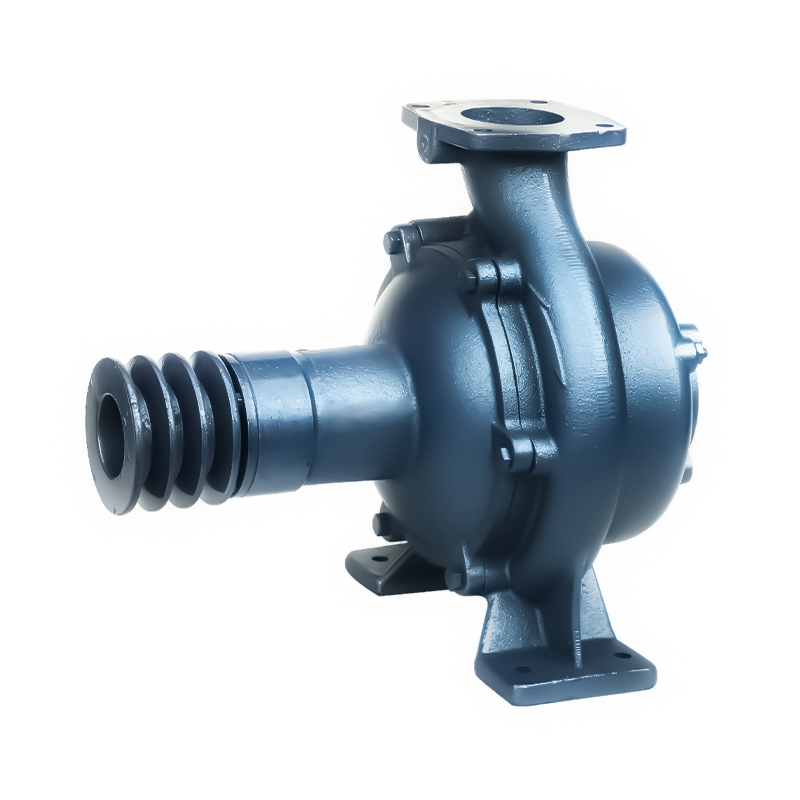
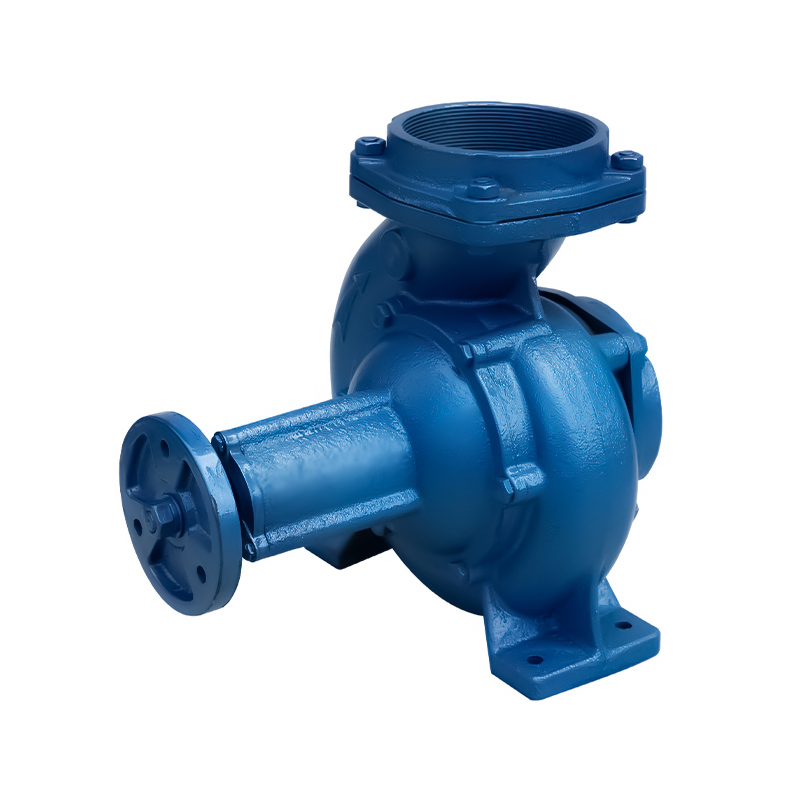
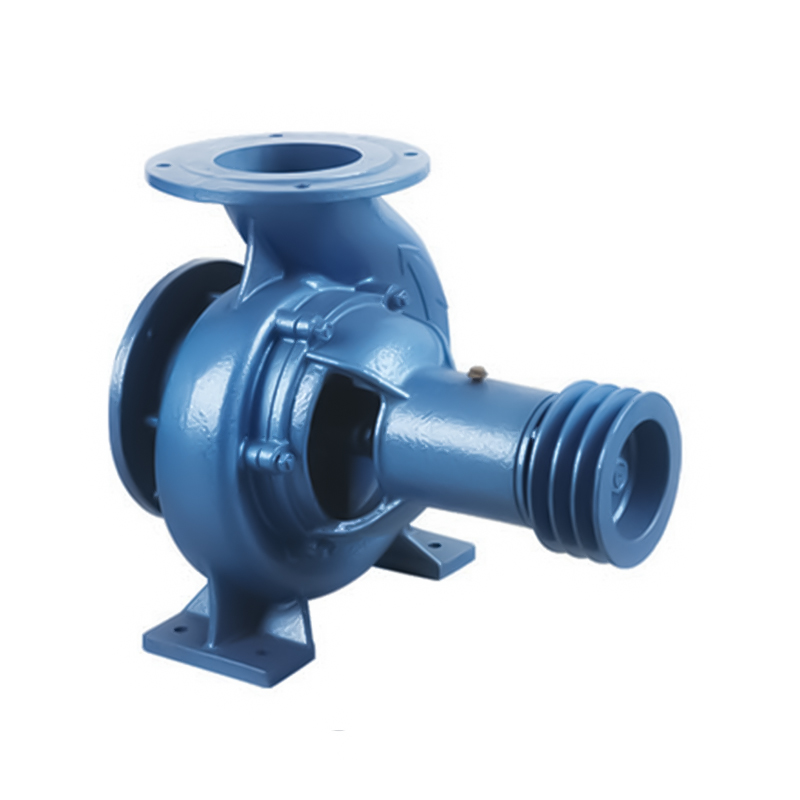
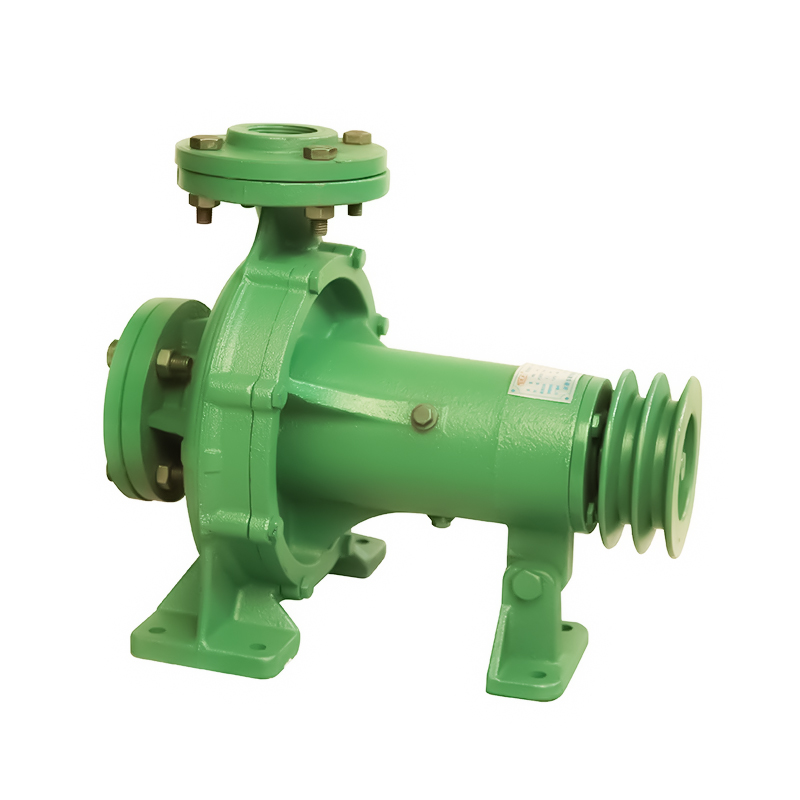

 Email:
Email:
 Phone:+86-13605899207
Phone:+86-13605899207

